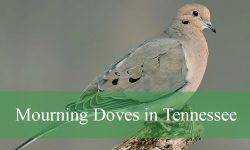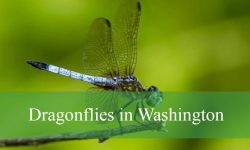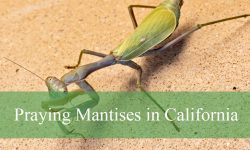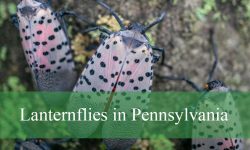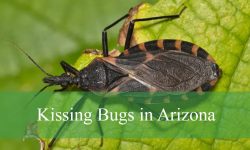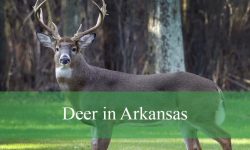Across Iowa’s fields, woodlands, and rural edges, skunks play an important role in the balance of local ecosystems. These distinctive animals are best known for their defensive spray, but they are also efficient foragers that help control insect populations. While many people think of only the black-and-white striped skunk, Iowa is home to two different types of skunks, each with its own unique features and behavior.
The presence of skunks in Iowa is not limited to remote wild areas. They adapt surprisingly well to human-altered environments, often living near farms, pastures, and even suburban neighborhoods. This adaptability is one reason why skunks remain common across the state despite challenges such as habitat change and road mortality.
In this article, we will explore the two skunk species found in Iowa: the Striped Skunk and the Eastern Spotted Skunk. You will learn how to identify them, where they live, what they eat, and why they matter in the state’s ecosystems.
Striped Skunk in Iowa
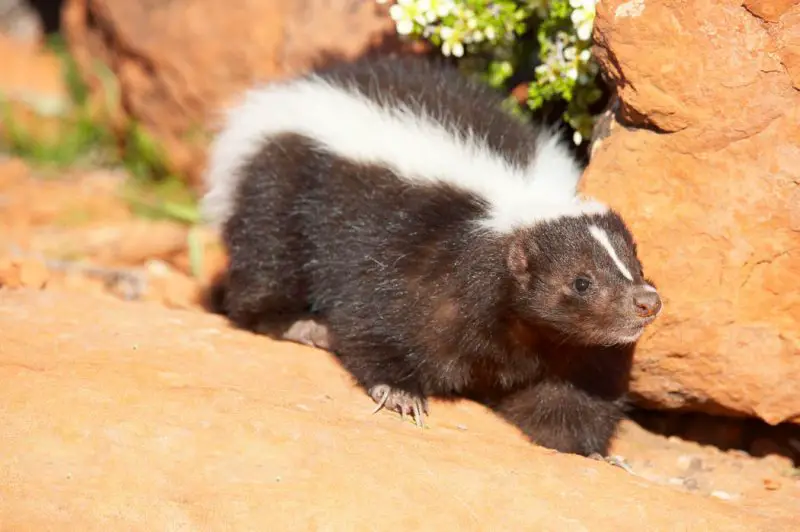
Characteristics and Identification
The striped skunk (Mephitis mephitis) is the most common and widespread skunk in Iowa. It is easily recognized by its glossy black fur marked with two white stripes running down the back from head to tail. Some individuals may have thinner stripes, while others display broader bands, but the pattern is always striking. Adults typically weigh between 4 and 10 pounds and measure about 20 to 30 inches long, including the bushy tail.
Their head is small and triangular with short ears and a pointed snout. The tail is full and fluffy, often carried upright when the skunk is alert. The powerful scent glands located beneath the tail are what give this species its notorious reputation. Even though the odor is unpleasant to humans, it is an effective defense against predators.
The striped skunk is also distinguished by its slow, deliberate walk and the tendency to arch its back and stamp its feet when threatened. These warning signs signal that the animal is prepared to spray if necessary, giving most predators—and people—a chance to back away.
Behavior and Diet
In Iowa, striped skunks are nocturnal animals, leaving their dens at night to forage for food. Their diet is highly varied and changes with the seasons. During spring and summer, they feed heavily on insects such as beetles, grasshoppers, and grubs. In autumn, they turn to fruits, nuts, and corn left in fields after harvest. They also consume small mammals, birds’ eggs, and occasionally carrion, making them true omnivores.
Their foraging behavior benefits both natural ecosystems and agriculture. By digging for grubs and beetles, striped skunks reduce the populations of insect pests that can damage crops. Farmers, despite sometimes disliking skunks for raiding chicken coops, actually benefit from their pest control services.
Striped skunks in Iowa are solitary for most of the year, except during the breeding season in late winter. After mating, females prepare dens and give birth to litters of four to seven kits in early spring. The young remain with the mother through summer, learning to forage before dispersing in the fall.
Habitat and Range in Iowa
The striped skunk is found throughout Iowa, from the rolling prairies of the west to the wooded river valleys of the east. It thrives in agricultural landscapes where fields are bordered by hedgerows, woodlots, and brushy fencerows. These areas provide ample food and denning opportunities.
They commonly den in abandoned burrows of groundhogs or foxes, as well as in brush piles, hollow logs, and even beneath barns or sheds. During winter, striped skunks do not hibernate completely, but they enter a state of torpor, sleeping in dens during the coldest periods and emerging during warmer spells to forage.
Striped skunks are highly adaptable, which explains their abundance across the state. Their ability to live close to people sometimes results in conflicts, such as encounters with pets or problems with spray odor. Still, their ecological role makes them an important resident of Iowa’s landscapes.
Fun Fact about Striped Skunks
One interesting fact about striped skunks is that their spray can travel up to 10 feet with surprising accuracy. They can spray multiple times before needing time to replenish their glands. Despite this ability, striped skunks do not use their spray recklessly—it is reserved for life-threatening situations because it takes time to produce more. This restraint is one reason why people often see skunks without being sprayed, as long as they keep their distance.
Eastern Spotted Skunk in Iowa
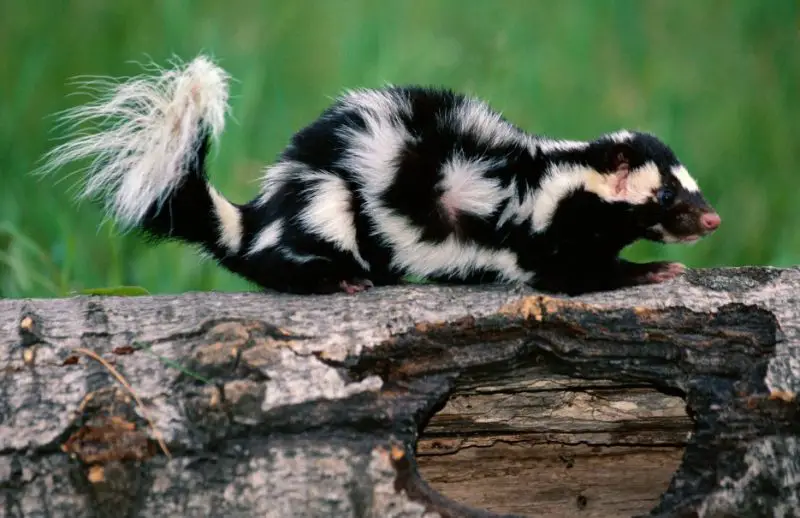
Characteristics and Identification
The Eastern Spotted Skunk (Spilogale putorius) is far less common in Iowa than the striped skunk, but it is still a part of the state’s wildlife. Unlike the bold stripes of its relative, the spotted skunk features a broken white pattern across its black body that looks more like spots, swirls, or short streaks. This striking design makes it instantly recognizable compared to the striped skunk.
Spotted skunks are smaller and more agile, weighing only about 1 to 4 pounds and measuring 14 to 22 inches long. Their slender body, short legs, and bushy tail give them a weasel-like appearance. Their small size allows them to climb trees and squeeze into tight spaces, skills not typically associated with striped skunks.
One of their most famous behaviors is the “handstand” warning display. When threatened, the Eastern Spotted Skunk may balance on its forelegs with its tail and back legs raised high, showing off its warning colors. This dramatic posture is often enough to scare off predators before the skunk needs to spray.
Behavior and Diet
Spotted skunks share many similarities with their striped relatives in terms of diet. They are opportunistic omnivores, eating insects, small rodents, birds’ eggs, reptiles, and a variety of fruits and plants. Because of their small size and agility, they are especially skilled at catching mice and climbing for bird eggs or fruit.
In Iowa, their activity peaks at night when they leave their dens to forage. They are more secretive than striped skunks and often go unnoticed by people. Spotted skunks tend to avoid open areas, preferring brushy cover or wooded edges where they can quickly escape danger.
Reproduction for the Eastern Spotted Skunk involves a delayed implantation process. Although mating occurs in late winter, the fertilized egg does not begin developing until later in the year, leading to births in spring. Females give birth to litters of two to six young, raising them in hidden dens.
Habitat and Range in Iowa
Historically, the Eastern Spotted Skunk was more common in Iowa, but today it is considered rare and possibly declining. Habitat loss, changes in farming practices, and predation are believed to contribute to its reduced numbers. The species is now seen mostly in southern and eastern parts of the state, particularly in areas with dense brush or wooded farmland.
They prefer habitats with a mix of cover and food sources, such as overgrown fencerows, thickets, and old farm buildings. Unlike striped skunks, they are less tolerant of open farmland without cover, which limits their range. Because of their secretive nature, many Iowans may never encounter one in the wild.
Conservation efforts are important for the Eastern Spotted Skunk, as its populations have declined across much of its range in the Midwest and Southeast. Monitoring programs in Iowa aim to better understand where the species still survives and how best to protect its habitats.
Fun Fact about Eastern Spotted Skunks
One fascinating trait of the Eastern Spotted Skunk is its ability to climb trees. While striped skunks are mostly ground-dwellers, spotted skunks use their sharp claws and agility to climb in search of food or safety. This behavior sets them apart and makes them more versatile hunters than their larger relatives.
Differences Between Striped and Spotted Skunks
Although both species belong to the skunk family, they have clear differences in appearance, size, and behavior. The striped skunk is larger, heavier, and far more common in Iowa, often seen near farms, towns, and rural roadsides. In contrast, the Eastern Spotted Skunk is smaller, rarer, and more secretive, inhabiting dense cover and avoiding human activity.
Their markings also make identification straightforward. Striped skunks display bold stripes down their back, while spotted skunks show broken patterns resembling spots or swirls. Behavioral differences are also striking, with spotted skunks capable of climbing trees and performing handstands when threatened.
Understanding these differences helps Iowans recognize and appreciate the diversity of their local wildlife. Both species play roles in controlling pests, dispersing seeds, and balancing ecosystems, even though one is much more abundant than the other.
Skunks and Humans in Iowa
Living alongside skunks can be challenging at times, particularly when pets or people accidentally surprise one and receive a spray. However, conflicts can often be avoided by taking simple precautions. Securing garbage cans, keeping pet food indoors, and sealing off denning spots under porches or sheds reduce the chances of unwanted encounters.
Skunks in Iowa generally pose little threat to humans when left alone. Rabies can occur in wild skunks, but cases are relatively rare. The best approach is to admire these animals from a distance and respect their space. By doing so, people can coexist peacefully with one of the state’s most distinctive mammals.
Farmers and gardeners may even benefit from having skunks nearby. Their appetite for insects, rodents, and crop pests makes them natural allies in keeping agricultural systems healthy. Even though they sometimes raid chicken coops or gardens, the benefits often outweigh the drawbacks.
Conclusion
Iowa is home to two types of skunks: the abundant Striped Skunk and the elusive Eastern Spotted Skunk. Both species contribute to the state’s ecosystems by controlling insects, rodents, and other small prey. While the striped skunk is a familiar sight in rural and suburban areas, the spotted skunk remains rare and in need of conservation attention.
By learning to identify and understand these species, Iowans can develop a deeper appreciation for the wildlife that shares their environment. Skunks may be best known for their powerful defense mechanism, but they are also valuable members of nature’s balance. With continued awareness and conservation, both types of skunks can remain part of Iowa’s landscape for generations to come.
FAQs about Skunks in Iowa
Are skunks common in Iowa?
Yes, skunks are very common in Iowa, especially the striped skunk. They can be found in rural areas, farmlands, woodlands, and even near towns. The Eastern Spotted Skunk is much rarer and only occurs in limited parts of the state.
What types of skunks live in Iowa?
Iowa is home to two types of skunks: the Striped Skunk, which is widespread and abundant, and the Eastern Spotted Skunk, which is rare and declining in population.
Do skunks in Iowa hibernate during winter?
Skunks in Iowa do not fully hibernate, but they enter a state of torpor during the coldest months. They remain in dens for long periods but may emerge on warmer nights to forage.
What do skunks eat in Iowa?
Skunks are omnivores. Their diet includes insects, grubs, small mammals, fruits, berries, corn left in fields, bird eggs, and carrion. This varied diet makes them important in controlling pests.
Are skunks dangerous to humans or pets?
Skunks are generally not aggressive and only spray when threatened. However, they can carry rabies, so people and pets should avoid direct contact. Most conflicts can be prevented by keeping food sources secure.
Where can I see skunks in Iowa?
Striped skunks are visible throughout Iowa, especially in farmlands and along roadside edges at night. Eastern spotted skunks are rare and secretive, usually found in dense brushy areas in the southern and eastern parts of the state.
How can I keep skunks away from my property?
To reduce the chance of skunks living near your home, secure garbage cans, remove pet food at night, and block off potential den sites under porches, decks, or sheds.

